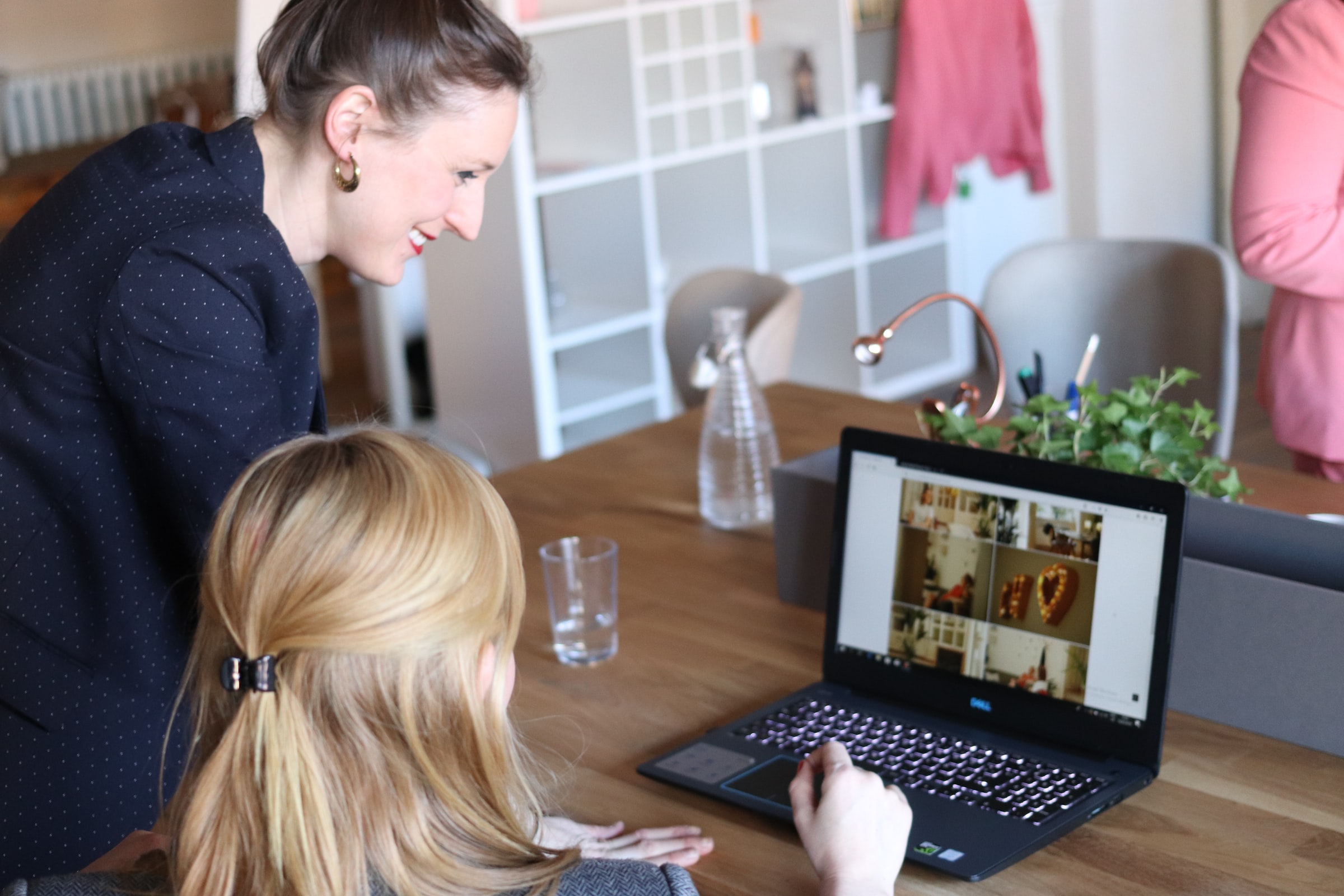Making Instruction Accessible to Diverse Learners with Technology
Distance learning has made it feel to many teachers like they cannot effectively help their former physically-present students. This is exacerbated by the stress of adapting to an online-only environment and changing their coursework to fit within that context. These changes can prove to be challenging for all students, but especially those who receive significant school-based support. They no longer have that same physical 5 day per week support that was so much easier in the classroom. Fortunately, many tools exist that can help students with diverse needs use educational technology more effectively. Remote-learning students do not have to be unsupported.
First, what does it mean to make technology accessible? Let’s look at a popular example: the curb cut/ramp. These are designed to increase wheeled access to sidewalks and became widespread in the United States after the Americans with Disabilities Act in 1990. Although meant primarily for wheelchairs, they help many different populations, such as moms with strollers and bicyclists. This same principle applies to accessible technology for students: tools for helping students with diverse needs can help all other students, too.
The Tools
There are many simple tools and solutions that can make technology accessible for children. For students with motor challenges, Chrome Keyboard navigation (Tab, Shift + Tab) and ChromeOS keyboard shortcuts (Ctrl + /) can be useful for Chromebooks (a common 1:1 device). The Sticky Keys function can be useful to eliminate complex shortcuts. Speech-to-text is another great option when writing. Additionally, when designing instruction, it is important for teachers to look at how they use timed responses to questions and consider the student’s ability to effectively respond within the allotted time.
Next, we can consider options for students with visual or auditory challenges. The Chrome built-in zoom (Ctrl + +, Ctrl + – , Ctrl + 0) is an excellent shortcut for making screen elements larger. Providing alternative text for images online is useful when images are hard to see. Screen readers such as ChromeVox can convert text to audio for students. Extensions for browsers such as the texthelp Read&Write plugin (get it free for teachers here) can assist with this task, too. Students with diminished hearing can be supported through captioning in videos, on video-conferencing software (like Google Meet) and on Youtube.
Finally, students with cognitive disabilities also have many options to increase learning through technology. Semantic formatting/markup (designing documents with proper titles, headers, and paragraph styles) creates formatting that makes text structured according to html markup elements. It helps show how important certain sections of a document are, for example. Highlighting the mouse cursor or making it larger can also help. Mercury Reader, a Chrome extension, cleans up online articles and formats text to make the web easier to read and less distracting. Another extension, Resoomer, summarizes text into 500 words to make comprehension easier. When making curriculum materials, make sure to check that the reading level is appropriate for the grade level, and for the reading level of each student.

Helping Every Student
All these tools that are meant for students with diverse needs are also helpful for regular students. They follow the principle of Universal Design for Learning that provides flexible learning for individual needs. It’s the same theme behind the idea of providing both automatic doors & regular doors, or elevators & steps. They accomplish the same goal, just in different ways. Assistive technology assists in achieving this principle. In addition, encouraging teachers to adopt technology into the curriculum can be a challenge unto itself. Forward Edge has various solutions to overcome this problem. Our technology coaching, & Google certified mentors can help get teachers acclimated with their tools, as can our micro-credentialing program, called Edge U. Customized solutions and consulting is also available to help distinct initiatives in your district; every student has a unique way of learning, and so do educators!
For teachers, this all boils down to making proper content and mixing it with the right technology to make it accessible to students. Children don’t learn much from a bad video, even with the right tools. Nor can they learn from a good video without the proper tools for them. The remote learning environment demands changes from the curriculum materials: there is no way to throw materials made for the classroom online and expect them to be effective. Large group meetings may devolve into chaos, small groups may get off track faster and students need the chance to rewatch/reread/rewind their learning materials. Thankfully, using the tools described above and contacting Forward Edge at (513) 761-3343 or through our website can help make technology accessible for disadvantaged students and the whole classroom (even when it’s virtual)!